Exploring High Point Market: Discovering Interior Design Trends
As an interior designer, my primary role is to infuse uniqueness into every project, and sourcing from the right vendors is key. Recently, I journeyed to the heart of interior design extravagance - the High Point Market in North Carolina. This excursion to the mecca of design was not only inspiring but also unveiled new trends and inspirations that are set to shape the landscape of interior design in the upcoming seasons.
High Point Market
High Point Market is not just an event; it's an experience. It's where designers, manufacturers, and visionaries converge to showcase the latest innovations and trends in the industry. The sheer magnitude of creativity and diversity is awe-inspiring, making it an indispensable resource for designers nationwide. Sourcing is the intricate process of handpicking elements that resonate with the essence of a design concept. High Point Market offers an unparalleled platform for designers to immerse themselves in a sea of possibilities. From furniture to lighting, textiles to accessories, every corner exudes the promise of inspiration.
The Trends
The overall prevailing theme that captivated my attention was the resurgence of natural elements in design. In an era where the hustle and bustle of modern life often disconnects us from nature, the incorporation of these elements serves as a reminder of our innate connection to the natural world. Inspired by the principles of biophilia, and the recognition of humanity's inherent need for nature, designers are embracing materials like travertine, burlwood, and woven grass not only for their aesthetic appeal but also for their profound impact on our well-being.
Studies have shown that exposure to natural elements indoors can have significant benefits for our health, both mental and physical. From reducing stress and anxiety to improving air quality and fostering creativity, the incorporation of biophilic elements in our homes can create spaces that nourish and rejuvenate us, offering a sanctuary amidst the chaos of modern life. The fact that these materials are often eco-friendly is a bonus. At High Point Market, this celebration of nature's beauty was evident, serving as a testament to the enduring allure and importance of natural elements in our homes.
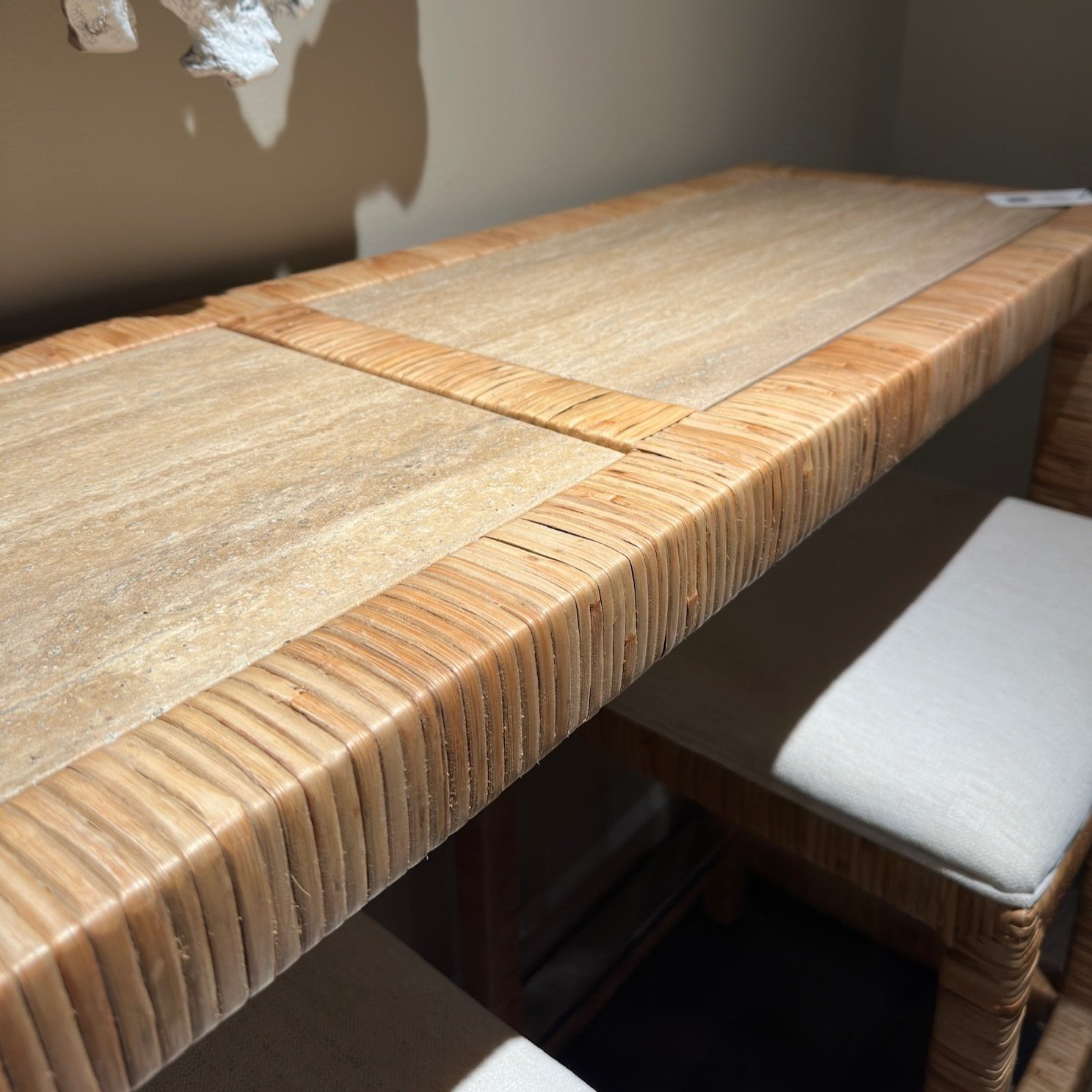
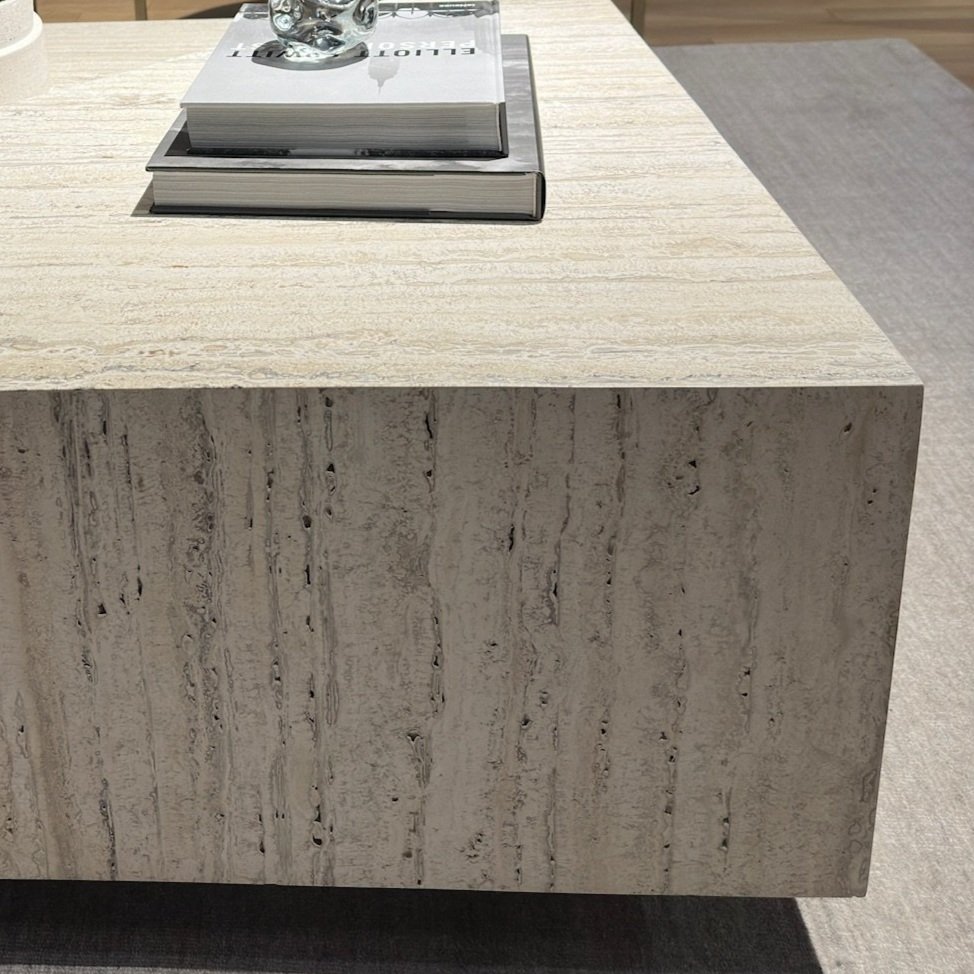
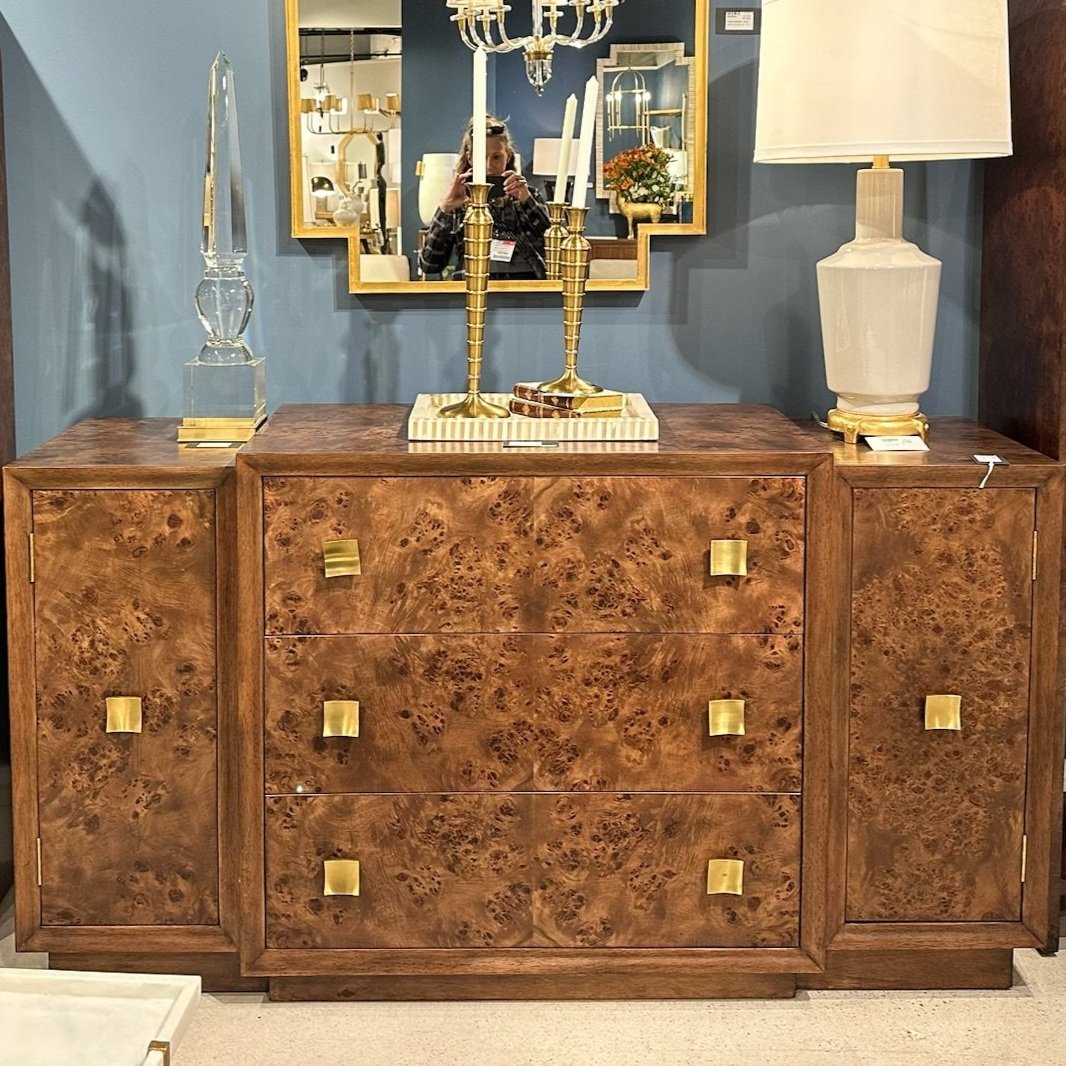
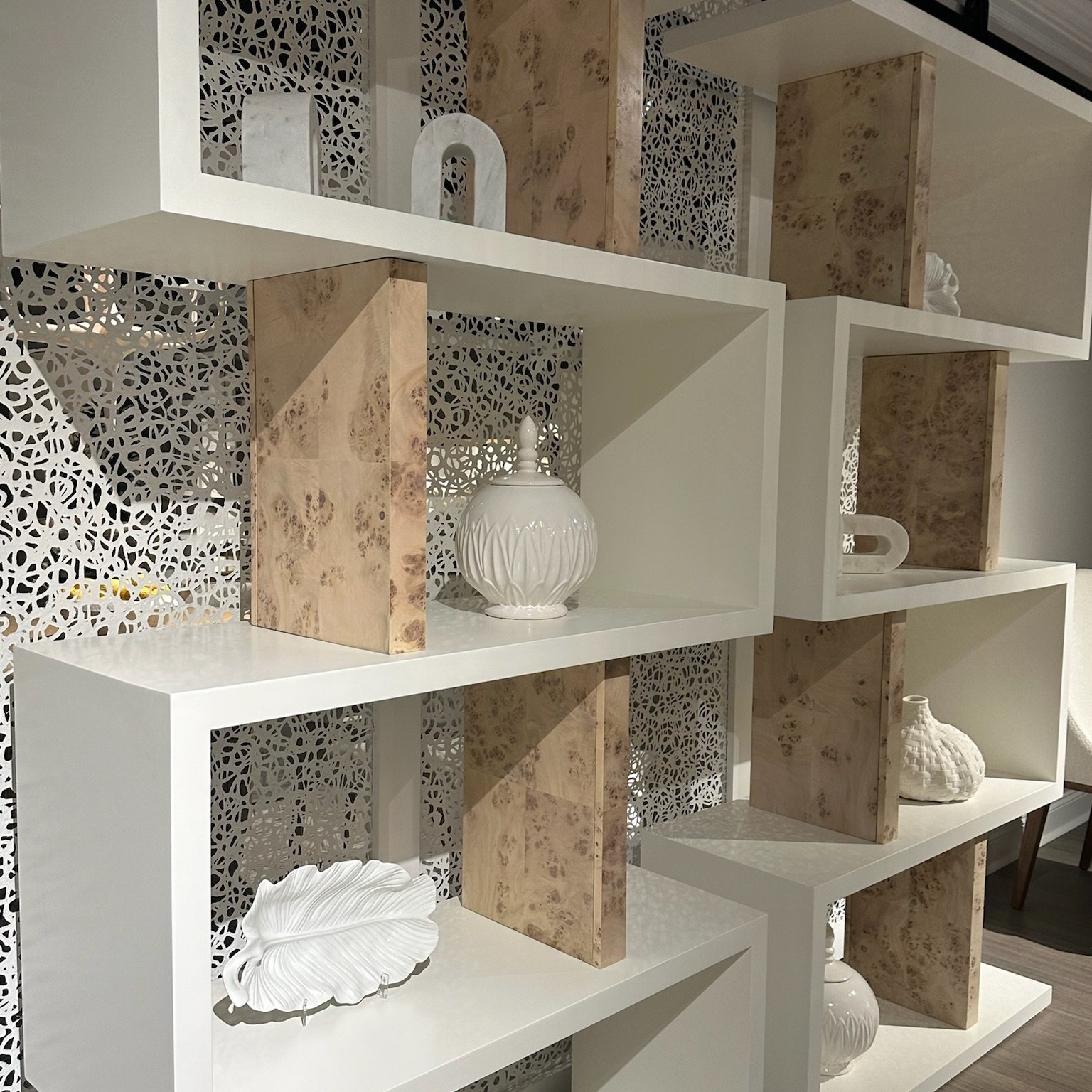
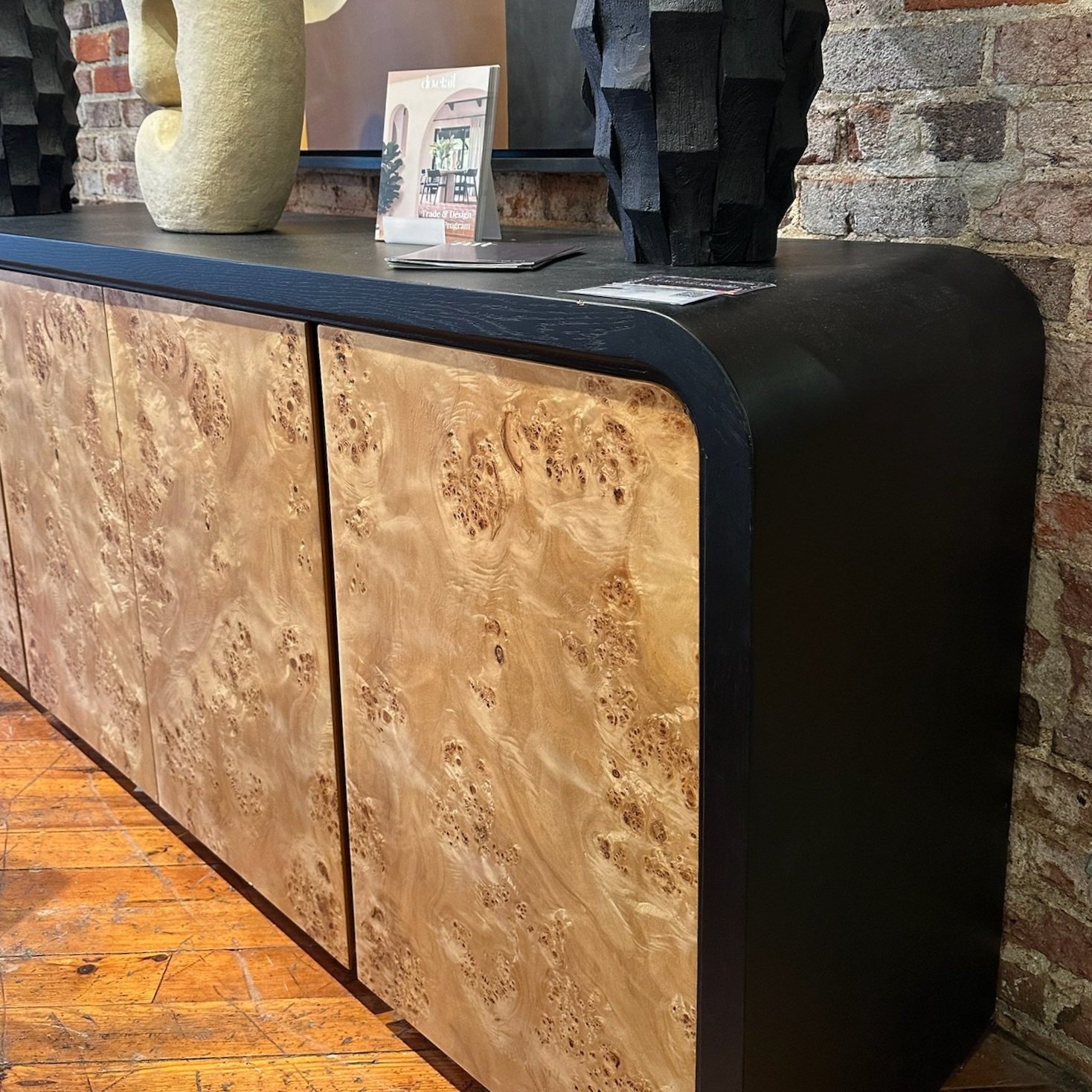

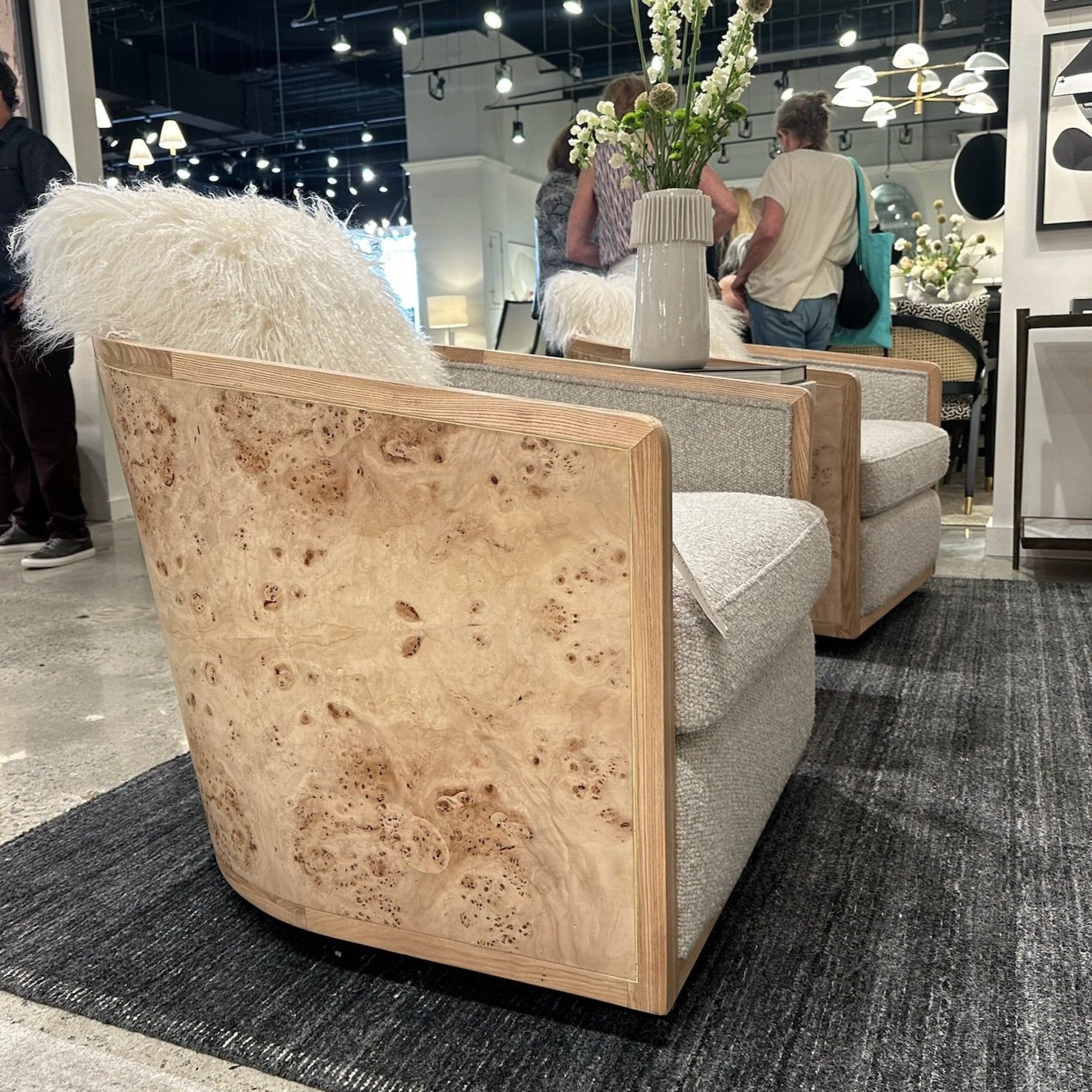


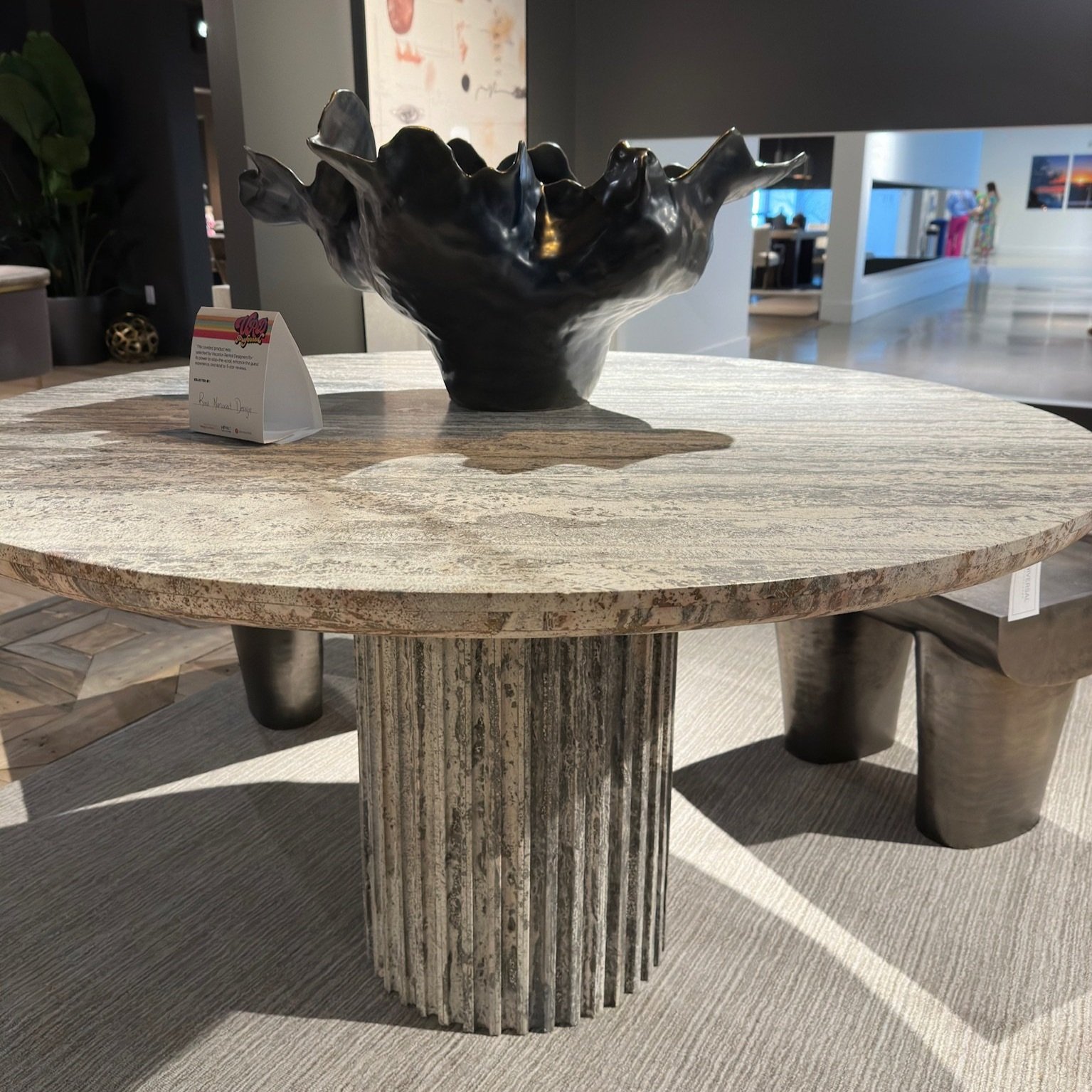
Travertine
Travertine, with its timeless allure, emerged as a dominant force, adorning furniture pieces and accentuating their beauty. This beautiful natural stone is not only durable and timeless but also environmentally friendly, as it is sourced directly from quarries without the need for extensive manufacturing processes. Its incorporation into furniture and decor not only adds a touch of sophistication but also reduces the carbon footprint associated with synthetic materials.
Burlwood
Burlwood, with its rich textures and earthy tones, was on display at every turn. From statement furniture to unique accessories, burlwood exuded an organic charm that resonated with both traditional and contemporary settings. Its versatility and warmth made it a favorite among designers seeking to add depth and character to their designs. Similarly, burlwood, with its rich textures and earthy tones, offers a sustainable alternative to traditional wood sources. Burlwood is often salvaged from trees that have fallen naturally or been removed for reasons other than logging, minimizing waste, and promoting responsible forestry practices. By incorporating burlwood into our designs, we not only add warmth and character but also contribute to the preservation of our forests and ecosystems.

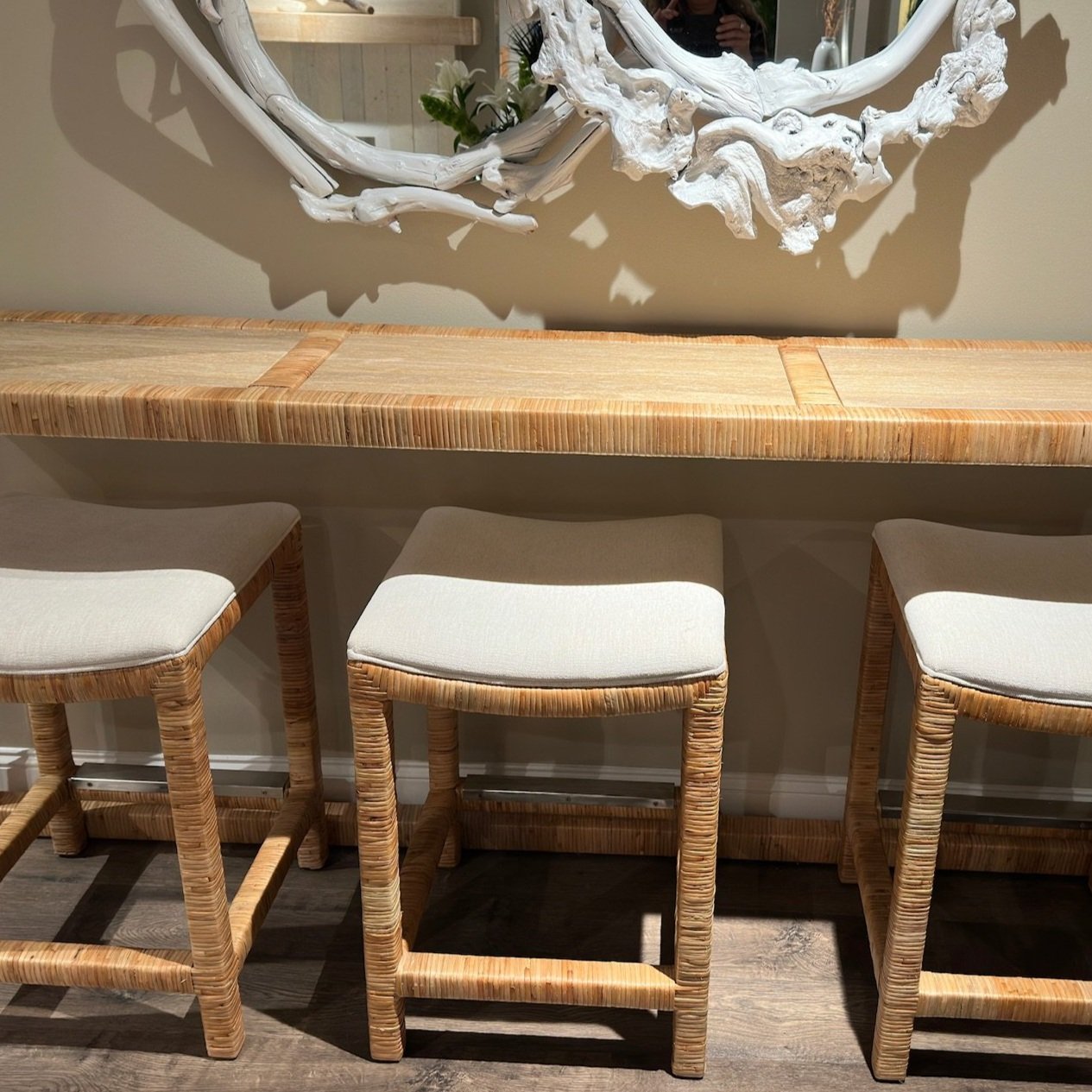
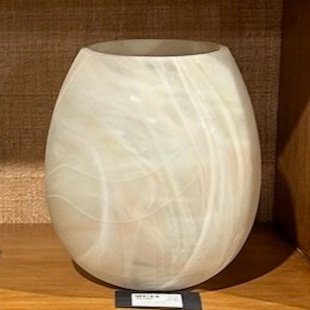
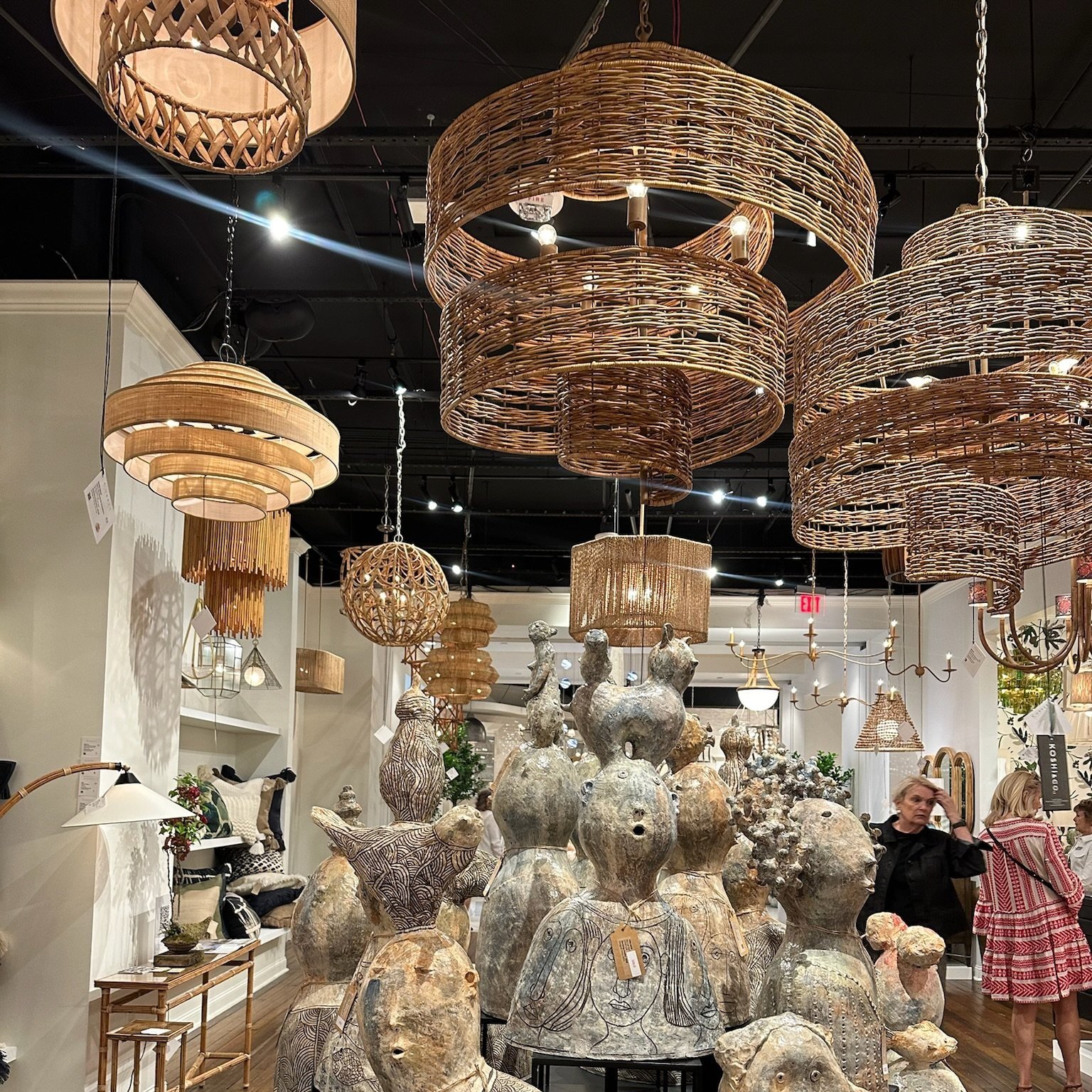
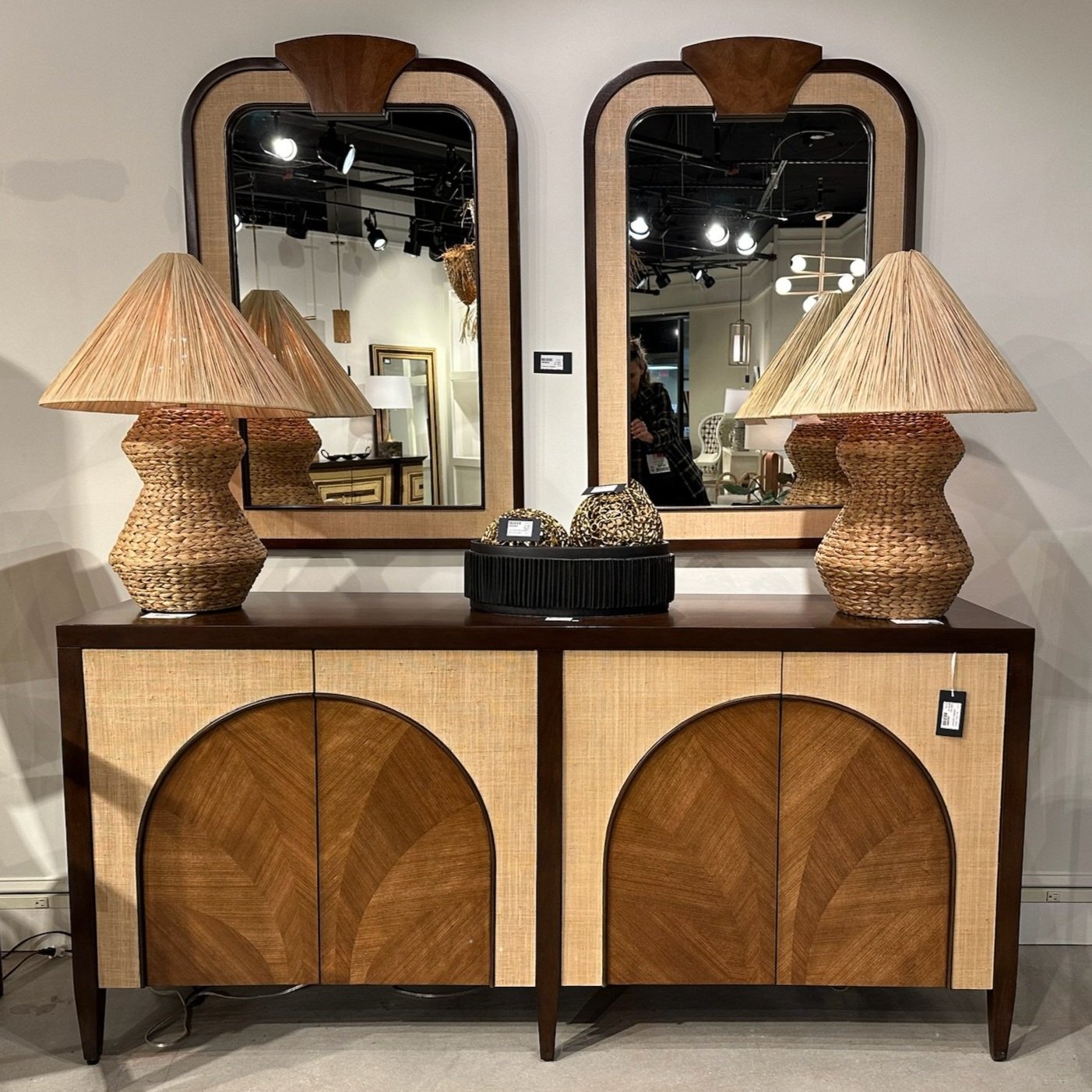
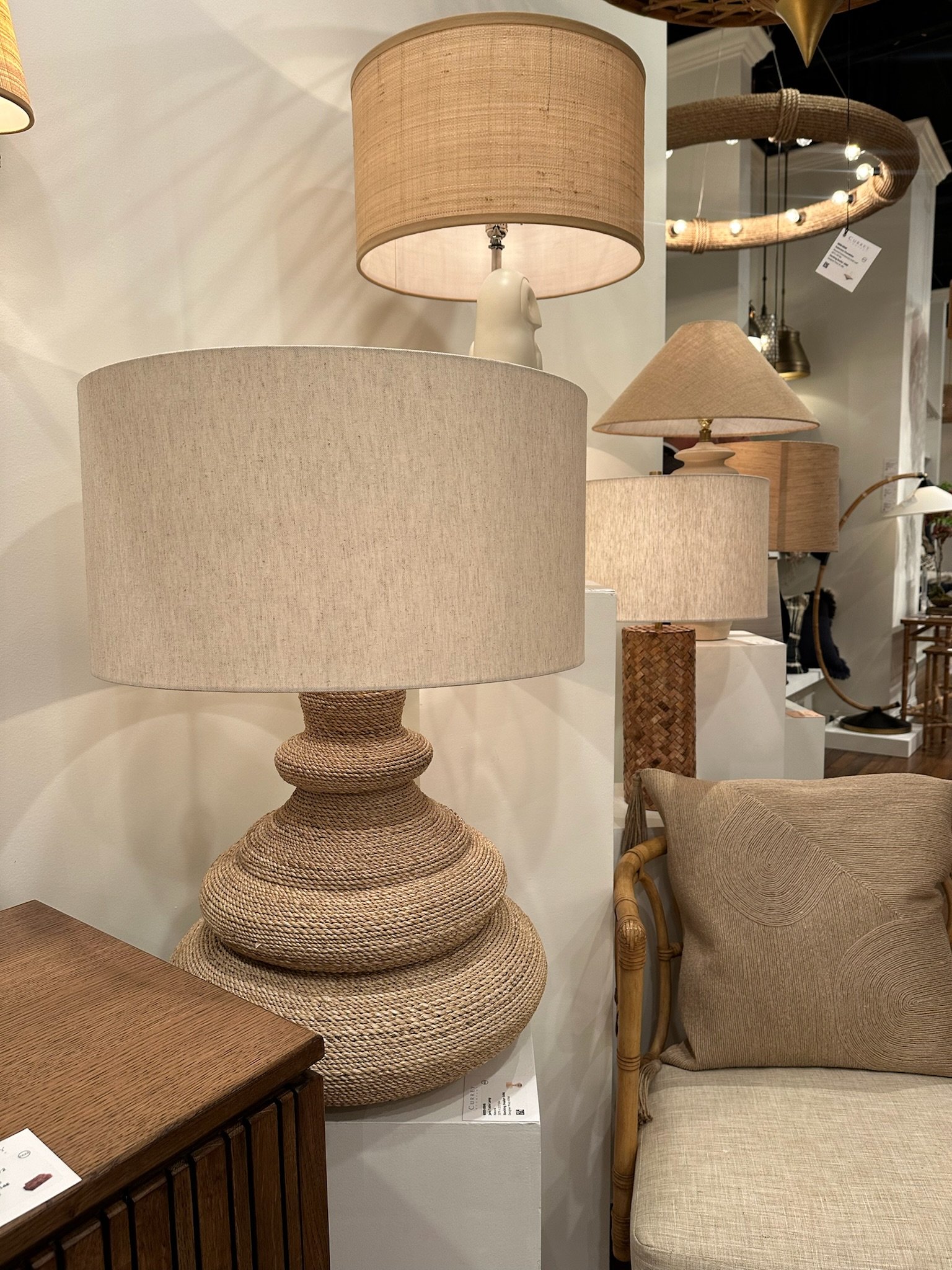
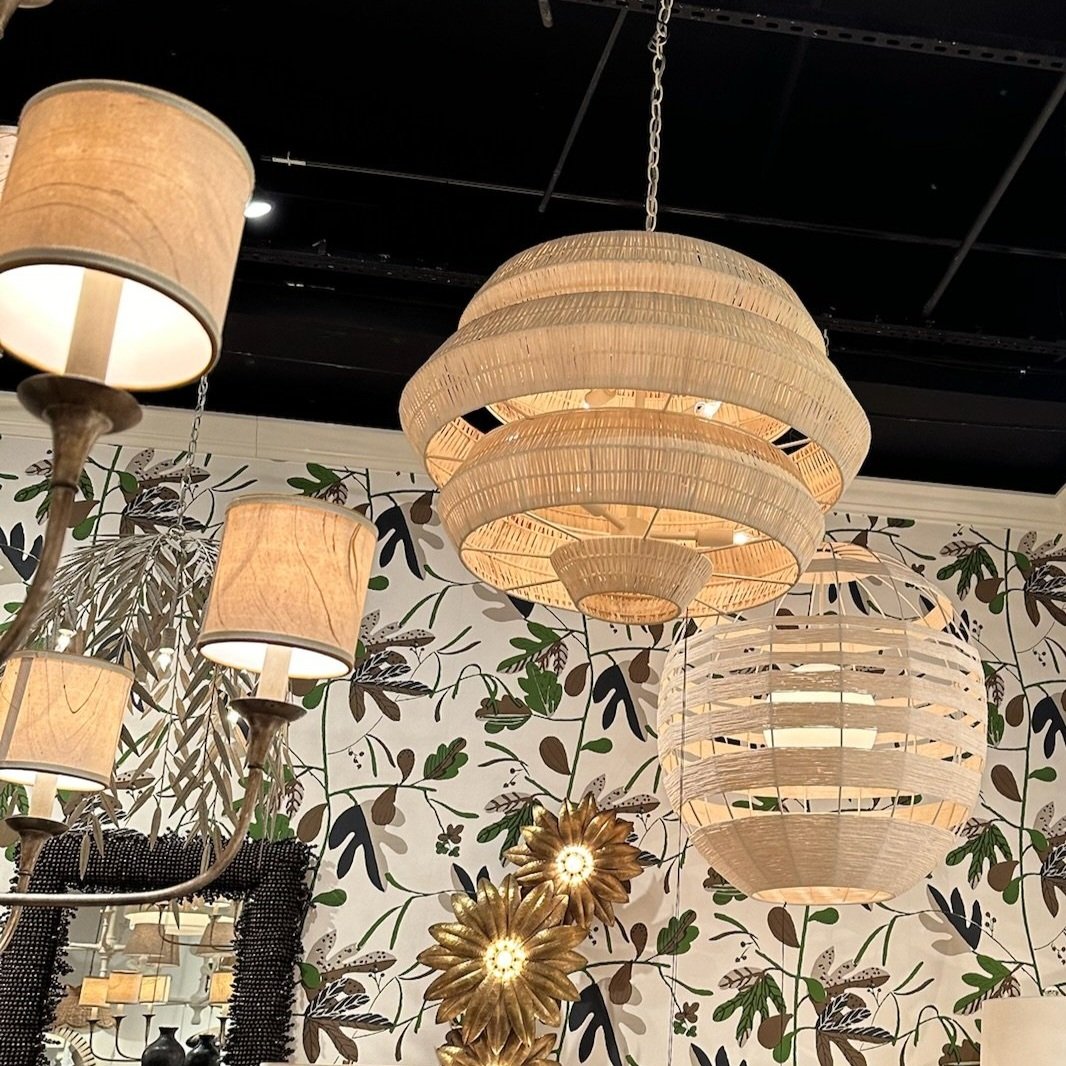

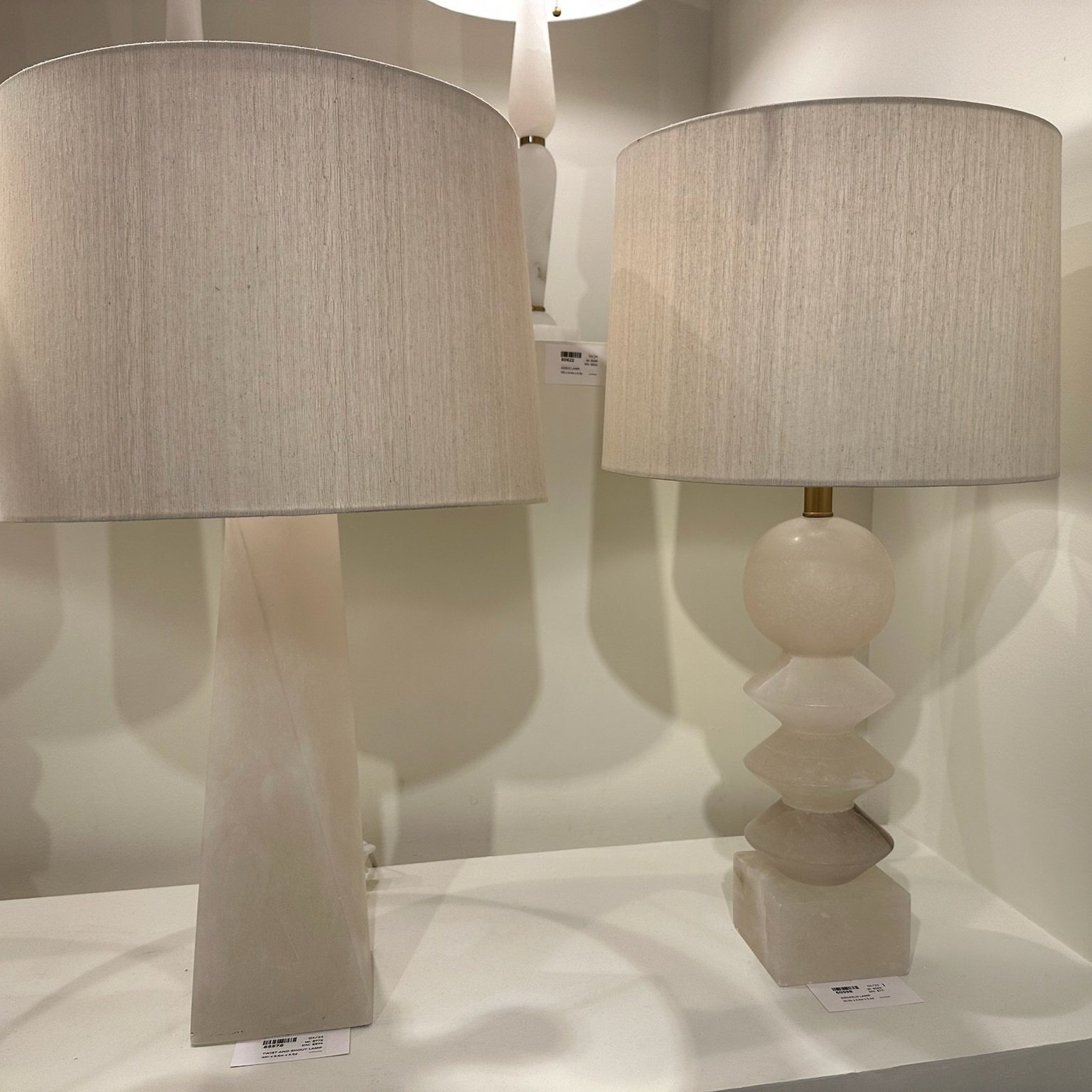
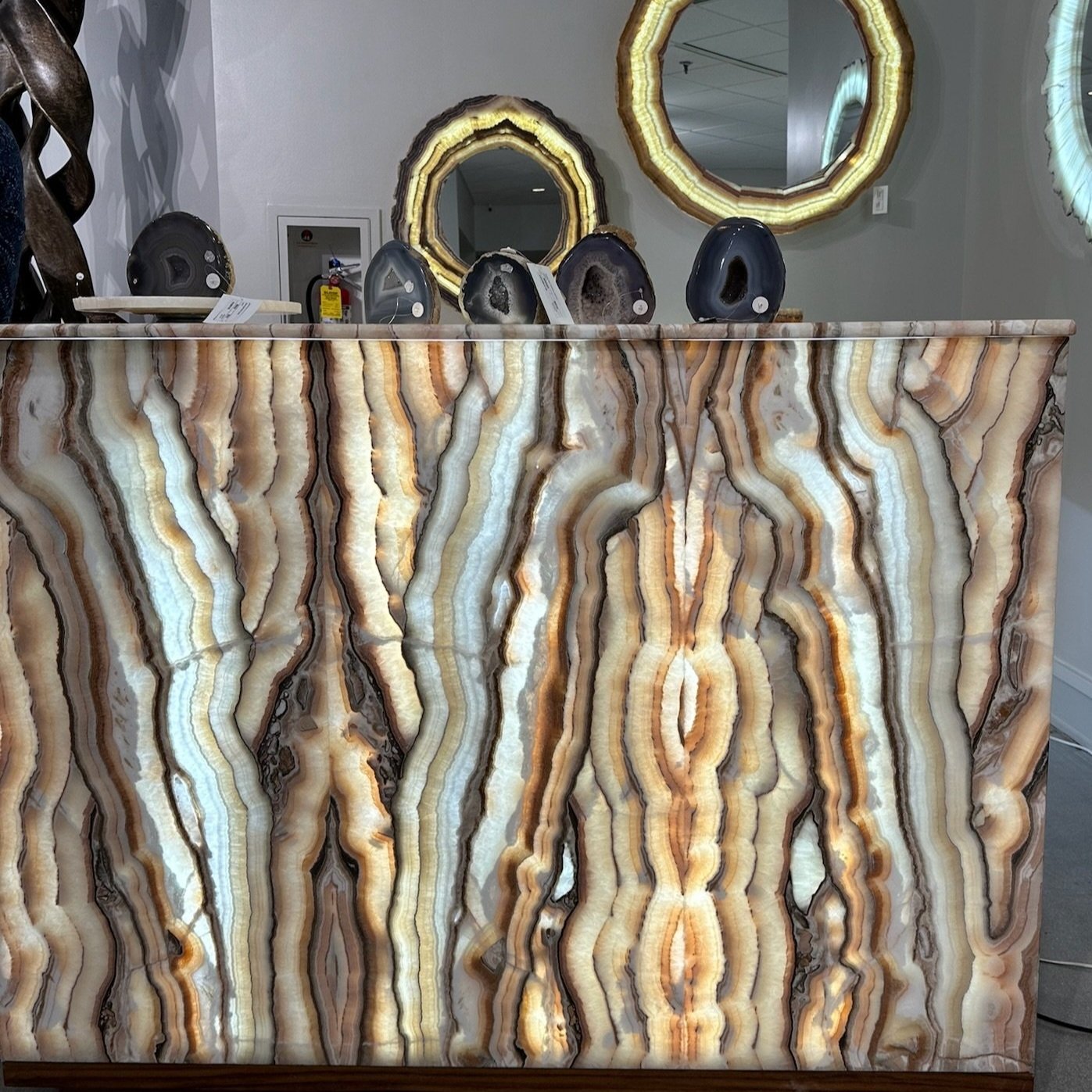
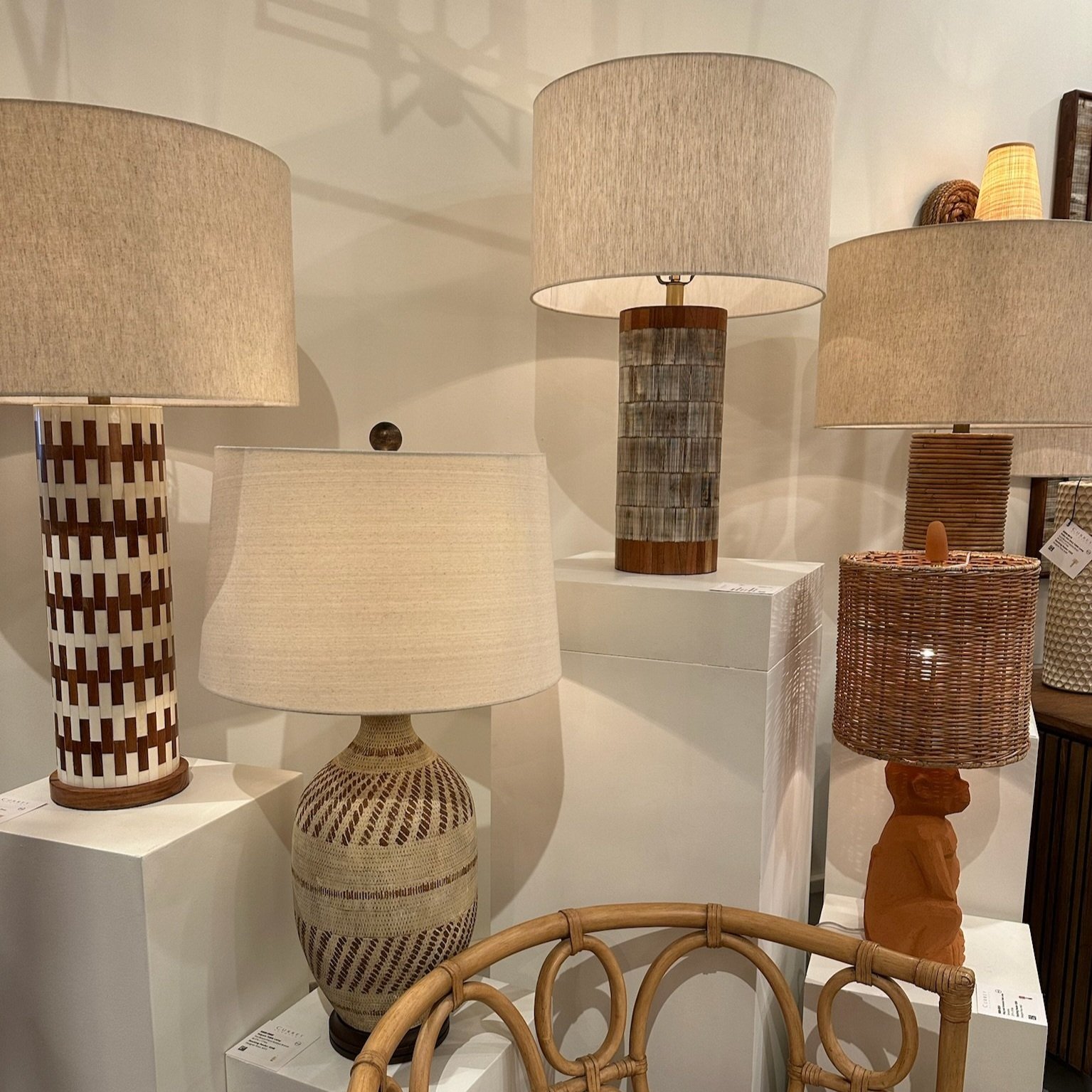

Grass
In a world where sustainability is paramount, the embrace of natural, woven, and grass materials was a refreshing sight. From rattan chairs to seagrass rugs, these eco-friendly materials added a touch of serenity to spaces, fostering a deeper connection with nature. The subtle imperfections and raw beauty of these materials spoke volumes, reminding us of the inherent harmony in simplicity. The embrace of natural, woven, and grass materials further underscores the eco-friendly ethos permeating design trends. Rattan, seagrass, and other woven materials are not only biodegradable but also renewable, making them ideal choices for environmentally conscious designers. By opting for these materials, not only reduces our reliance on synthetic alternatives but also supports local artisans and communities who engage in traditional craftsmanship.
Alabaster
Alabaster emerged as a symbol of refinement, casting a soft glow that bathed spaces in a tranquil ambiance. Whether adorning lighting fixtures or sculptural accents, alabaster infused an element of understated luxury into designs, creating a sense of sanctuary within the home. Even alabaster, with its ethereal beauty and timeless appeal, boasts eco-friendly credentials. Unlike synthetic materials that require extensive processing and energy consumption, alabaster is a natural mineral that is quarried with minimal environmental impact. Its use in lighting fixtures and decor not only lends a sense of luxury and sophistication but also aligns with sustainable design principles.
Incorporating the trends….
Whether you're revamping a single room or embarking on a full-scale renovation, incorporating these elements into your home is within reach. Consider introducing travertine accents, such as side tables or countertops, to add a touch of understated elegance to your living space. Embrace the warmth of burlwood through statement pieces like coffee tables or consoles, infusing your home with organic charm and character.
Experiment with natural materials like rattan chairs or seagrass rugs to bring a sense of serenity and sustainability into your interiors. And don't forget the transformative power of alabaster lighting fixtures, casting a soft, ethereal glow that transforms any room into a sanctuary.
What’s Next?
Ready to bring these tactile textures, organic curves, and moody color palettes into your next project? At JC Renovators, we love helping clients translate High Point Market inspiration into beautifully curated homes. Contact us today to chat about how we can weave these trends into your space — let’s design something uniquely you.



